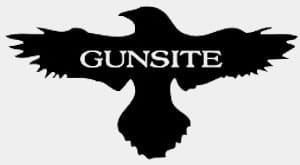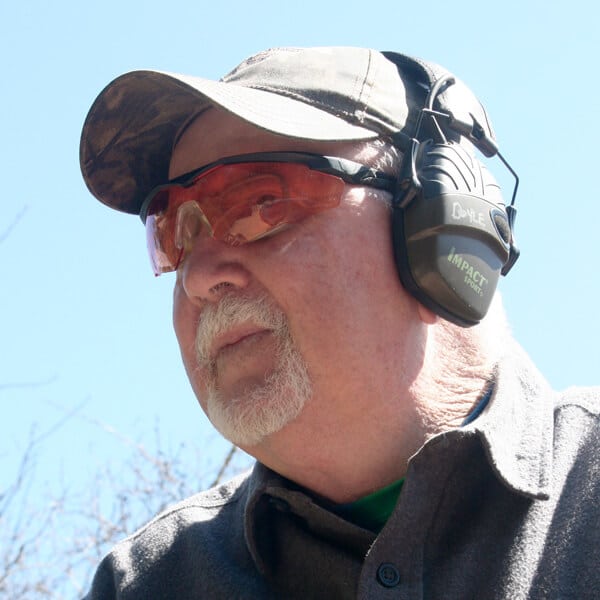The Life and Legacy of
Jeff Cooper
July 25th, 2023
7 minute read
In the English language, the word legacy has multiple meanings. It can be used as a noun or an adjective to describe outdated computer software, a gift by will of an heirloom or money, or something transmitted or received from an ancestor or predecessor.
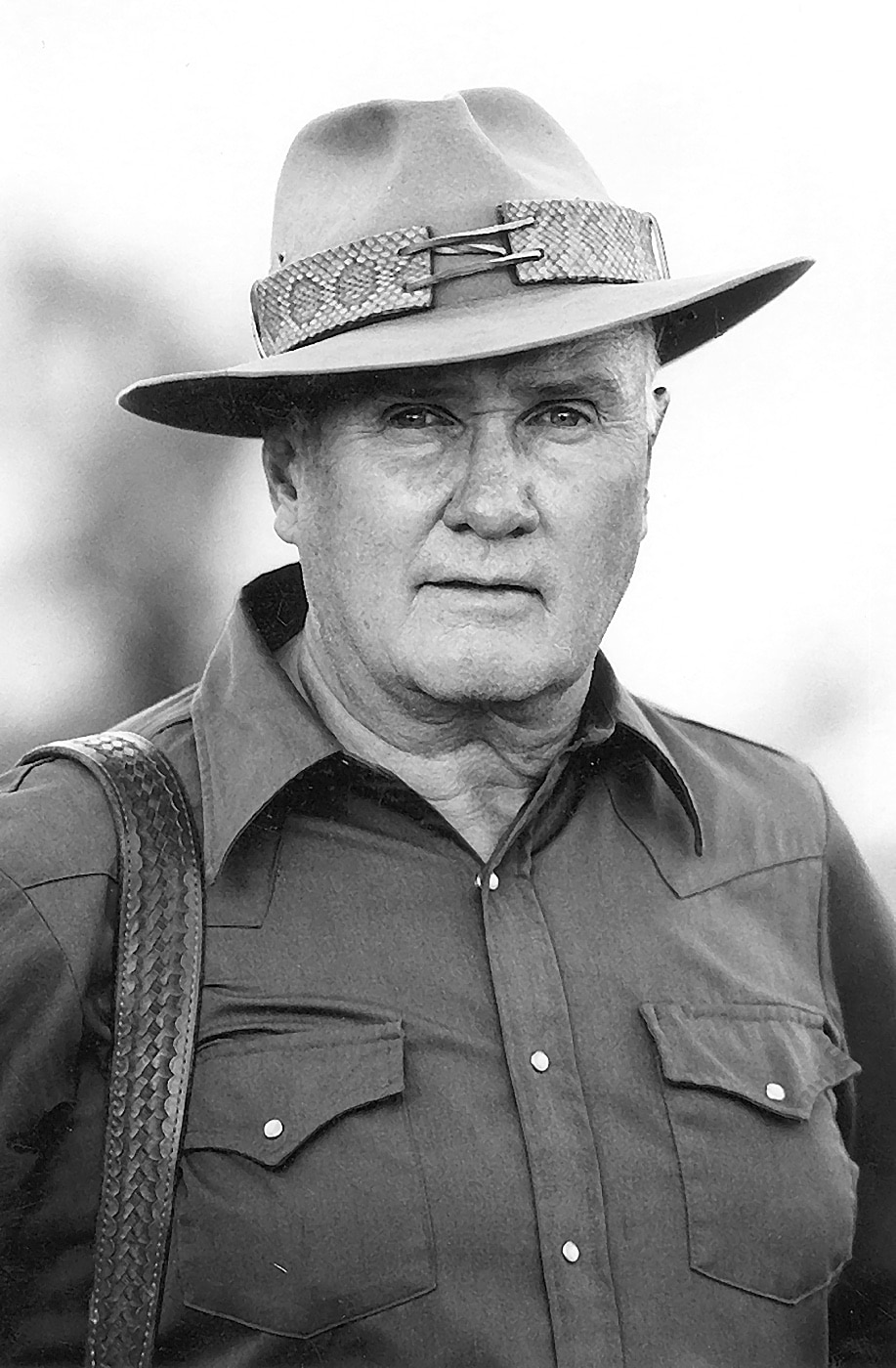
When we consider the origins of modern pistolcraft, the legacy of Jeff Cooper is without peer. The doctrine he pioneered well over a half-century ago rings true to this day and has yet to be surpassed in my opinion. In recent times, a few contemporary trainers have indeed advanced the art, but for me their contributions pale when compared to those of Lt. Col. Cooper.
Throughout his life, Jeff Cooper wore many hats with distinction. He was a Marine officer, shooter, race car driver, big game hunter, instructor and the world’s foremost expert on small arms. He was born in Los Angeles, California in 1920 and was a graduate of Los Angeles High School and Stanford University where he was enrolled in the ROTC.
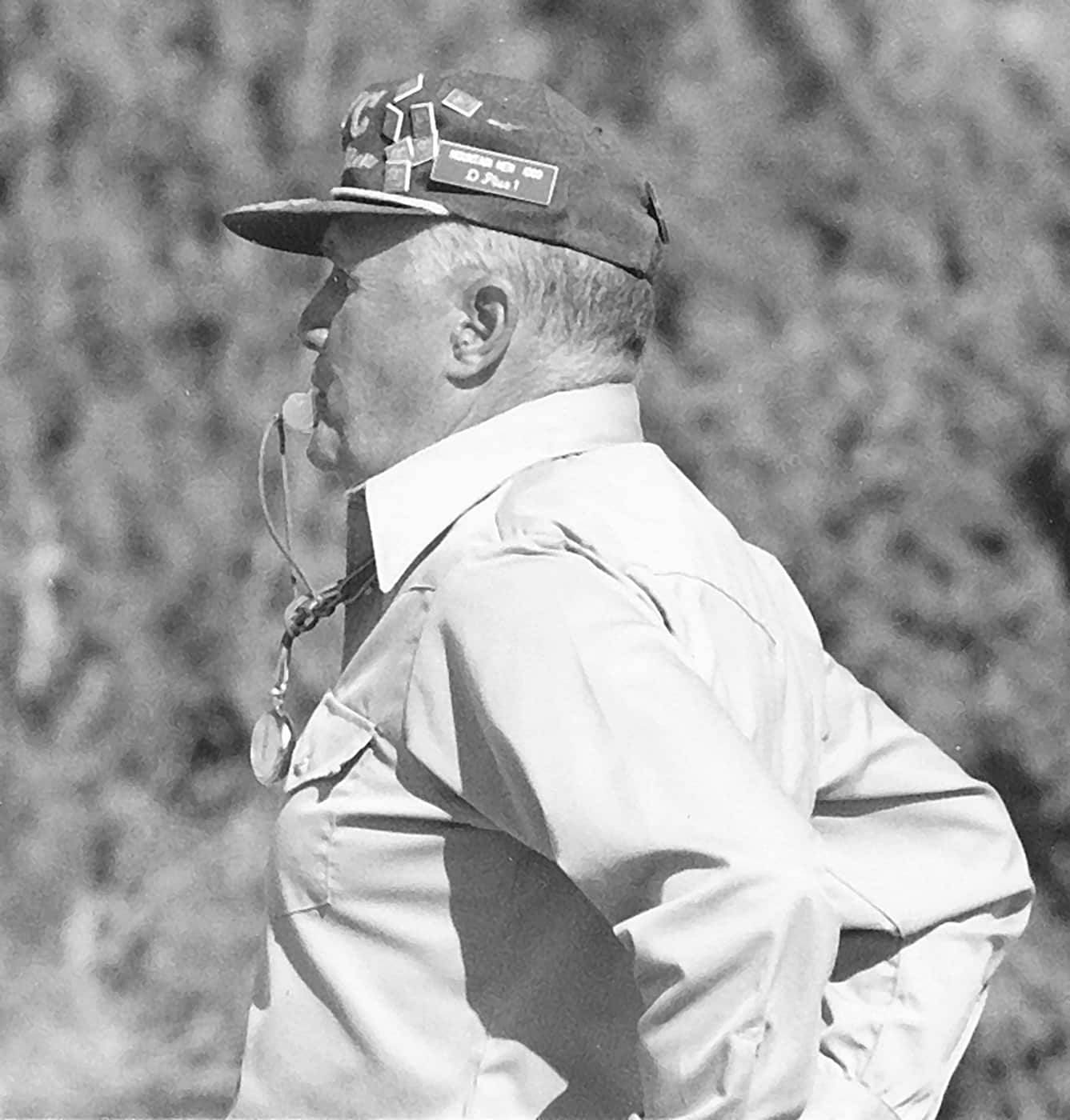
Just prior to World War II, he was commissioned as an officer in the Marine Corps where he served in the Pacific Theater. After the war, he was transferred to the Marine base in Quantico, Virginia, where he became an instructor in firearms. Because of its close proximity to the FBI Academy, Colonel Cooper was able to interact with members of the Bureau and explore and develop his thoughts on handguns for personal defense.
After leaving the Marine Corps, Lt. Col. Cooper moved to Big Bear Lake in California, where he organized shooting contests called Leatherslap. With his highly analytical mind, he was able to make a determination on what techniques worked best and how they might be applied to personal defense. In many ways, this was the genesis of the Modern Technique of the Pistol.
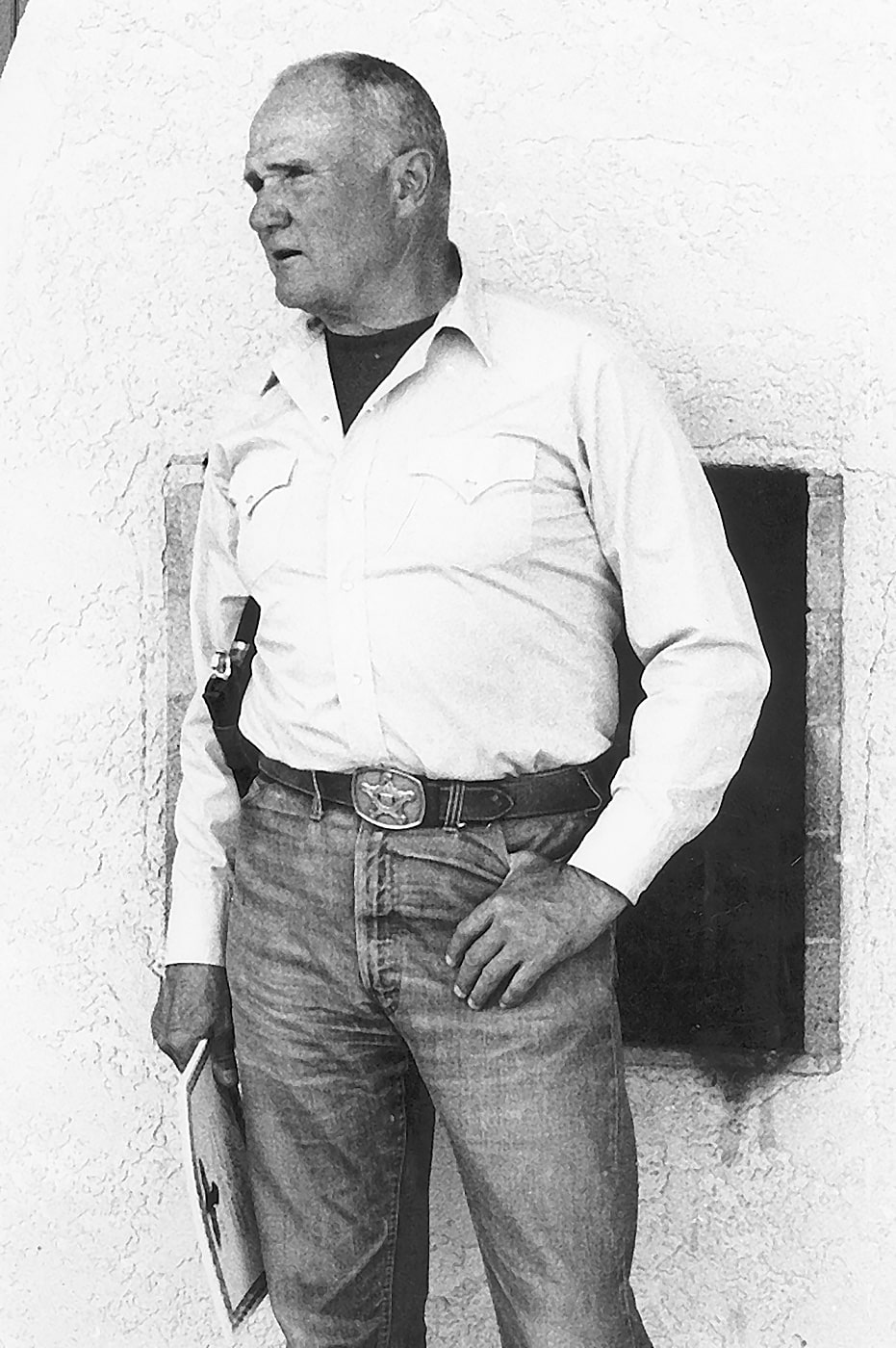
Around the same time, Lt. Col. Cooper had established himself as a gunwriter of note and soon developed a huge following. In 1976, he established the American Pistol Institute, the first training school to offer combat pistol training to the general population. The school is now known as Gunsite and is widely recognized as one of the world’s most prestigious shooting institutions.
The Modern Technique of the Pistol
Prior to the introduction of the Modern Technique, combat pistolcraft had not evolved much since the 1930s. Large unobstructed targets were the order of the day along with generous time frames. A great deal of unsighted fire was proscribed, often at unrealistic distances. When I first entered law enforcement, this was still the prevailing doctrine and it would be quite some time before things began to change.
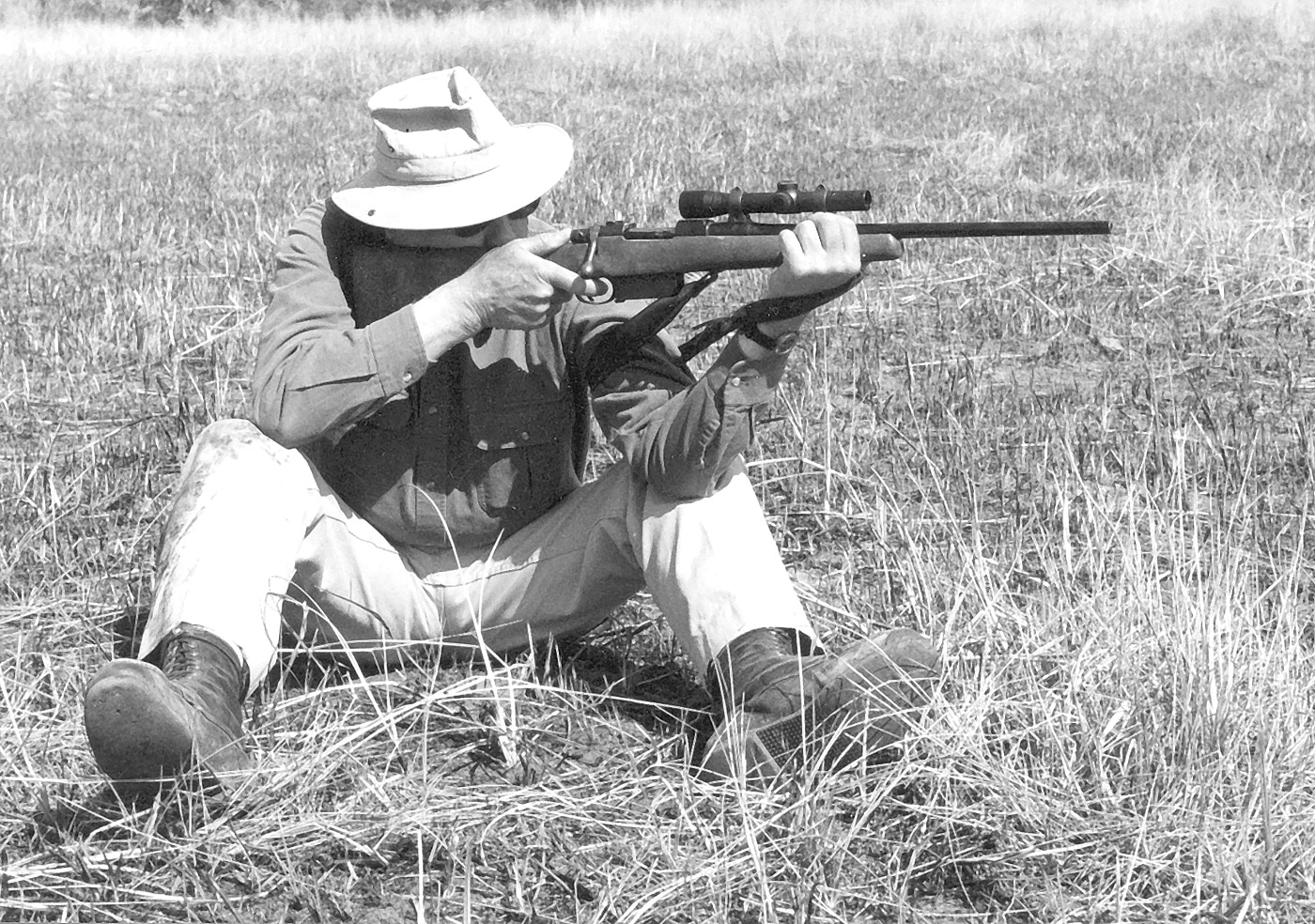
The Modern Technique of the Pistol is a total system that addresses mindset and gun handling as well as practical marksmanship. There is much more to winning a fight than being a good shot, and placing equal focus on mindset and gun handling was a revolutionary thought back in the day. Giving equal attention to practical marksmanship, gun handling and mindset describes the Combat Triad, part of his training and the ultimate key to success in armed conflict in my mind.
In many ways, the Modern Technique of the Pistol represented a 180-degree flip over what came before, and much of it was in conflict with what I had been previously taught. I absorbed pieces of it through Cooper’s articles, but at that time I wasn’t able to buy into it fully. However, change was in the wind.
Without question, the FBI holds great influence with other domestic law enforcement agencies relative to both training and equipment. In the early 1980s, the FBI adopted a great deal of the philosophy of the Modern Technique of the Pistol and began to teach many of the components to its agents.
I still have a VHS tape produced by the Bureau at that time and used it for years in my training. With the FBI endorsement of many of its elements, the Modern Technique quickly became very popular in law enforcement circles. As a pretty green firearms instructor at that time, I knew where I had to go to get the real message and shortly thereafter I was able to travel to Arizona and take a class at API.
For those not familiar with it, the Modern Technique is comprised of five elements. They include:
- The Weaver stance
- The flash sight picture
- The compressed surprise break
- The presentation
- The heavy-duty pistol
Even the most casual observer of combat pistolcraft associates Lt. Col. Cooper with the 1911 .45 ACP pistol, and the reason is quite simple. The single-action 1911 pistol is an easy pistol to shoot to a high standard and, back in the day, the .45 ACP cartridge was far superior to the lesser options. Today, with improvements in handgun ammunition, that point may be debated. But at one time, the .45 ACP was the undisputed king of the hill.
Competition proved sighted fire to be better than point shooting from the hip. The flash sight picture might be described as a very fast alignment of the sights to confirm target acquisition. Cooper strongly felt that the push/pull isometric tension of the Weaver stance provided the best control of recoil and muzzle flip. Unlike the target shooter who utilizes an open-end shot break, the compressed surprise break requires one to apply steady pressure in a much shorter time interval. When the threat is at arm’s length, trigger control is a non-issue; however, it becomes more critical as distance increases.
Another notable deviation over what came before had to do with getting your gun into action. Much of the training I had taken in before placed little emphasis on drawing the handgun both quickly and safely. The other half of that equation was rising up and shooting from the “Guard” position which many of us would recognize as a “Ready” position. These are all things we might practice today, but were seldom covered in training back in those dark ages.
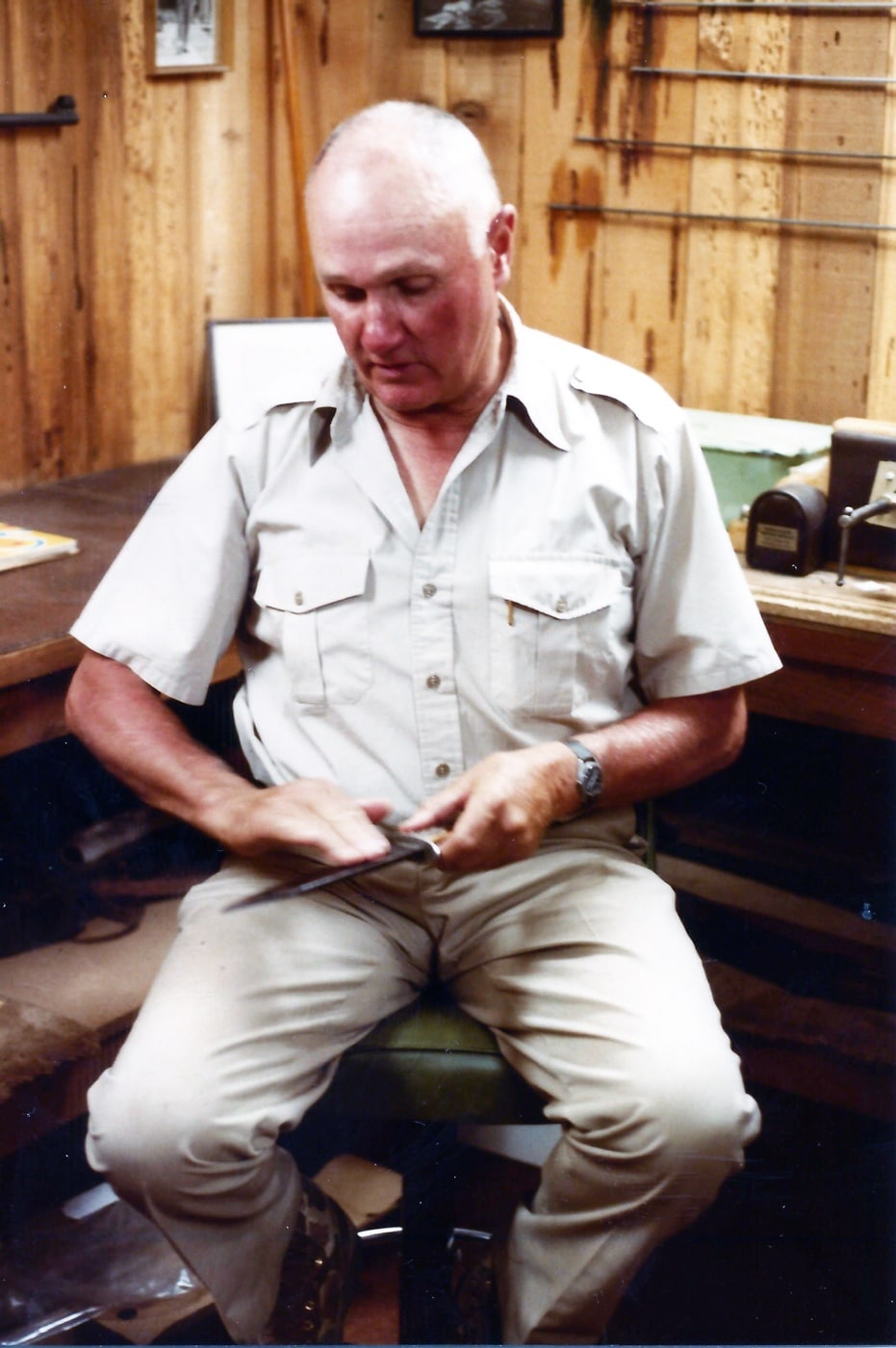
Today, some contemporary trainers and writers have taken exception to some elements of the Modern Technique and claim they have found a better way. That may or may not be. Clearly, things evolve over time, but bear in mind that Cooper started with an empty slate and came up with a comprehensive system of how to fight with a pistol. For me, his concepts remain valid to this day.
Mental Conditioning
Other people have taught the mechanics of how to shoot a handgun, but Jeff Cooper was among the first to incorporate mental conditioning into the picture. He recognized that one could have world-class skill, but if you were not mentally prepared for mortal combat, you were likely to lose.
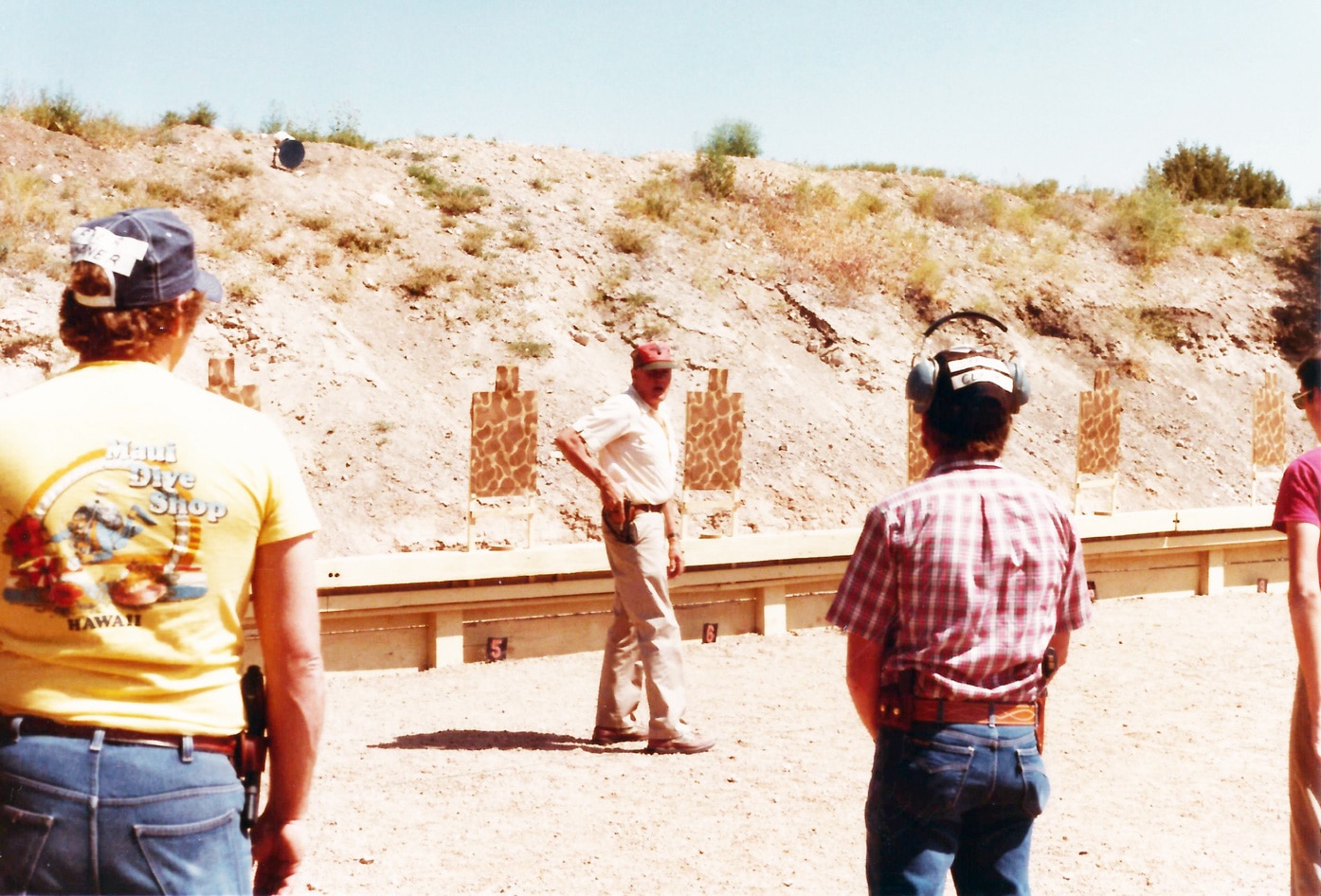
devised the Color Code that outlines different levels of awareness and where your head should be when going about in modern society. It would describe it as:
- Condition White is relaxed and unaware. You are oblivious to what is going on around you.
- Condition Yellow is a state of being relaxed and alert. You can maintain this level of awareness for long periods of time.
- Condition Orange is a specific alert. Something or somebody doesn’t look right and requires your full attention.
- Condition Red means the fight is about to be on. If this individual takes one more step in my direction with that knife in hand, I will shoot.
The Four General Rules
Another of Cooper’s contributions to the art of weaponcraft was his spin on safety rules. Other training institutions and even firearms manufacturers often used a list of 10 or more rules in an attempt to keep people safe. Colonel Cooper was able to distill this down to four succinct, easy-to-understand rules that work on the range, in the home, or when going about in modern society.
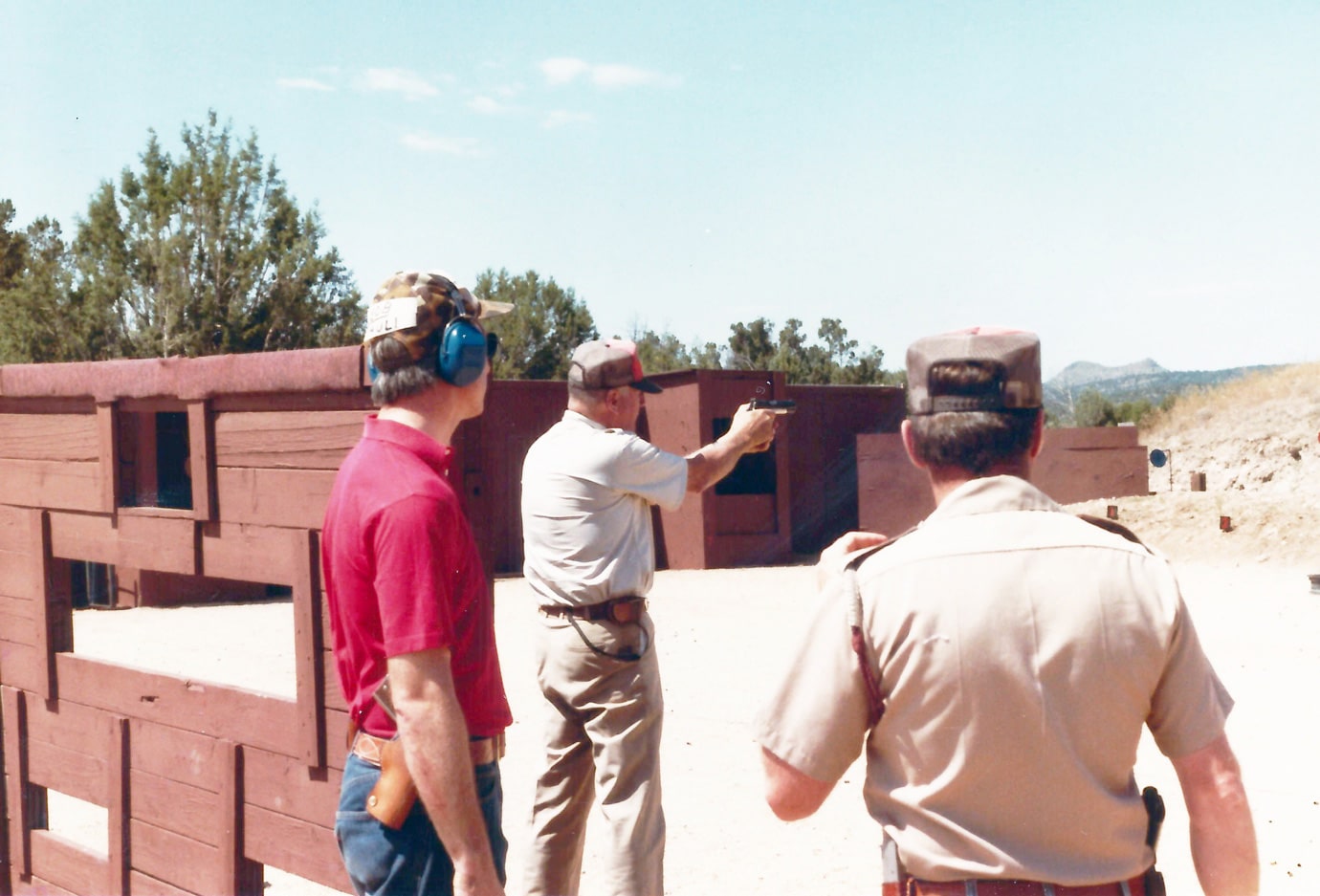
Today, every public and private school involved in firearms training uses a variation of these rules. Some individuals have made modifications in the language used in order to “improve” them, but I prefer to use them in unadulterated form. They are as follows:
- All guns are always loaded.
- Never let your muzzle cover anything you are not willing to destroy.
- Keep your finger off the trigger until your sights are on the target.
- Be sure of your target.
The Colonel was absolutely right when he said if you make these rules part of your character, and burn them into your consciousness, the chances of having a mishap with a firearm is extremely remote. There must be something to this as I have included a briefing on the rules prior to every live-fire session I have conducted for well over three decades and to date, there have not been any safety issues. I would consider Cooper’s refining of the safety rules to be every bit of a milestone as the development of the Modern Technique.
Without Peer
Since the introduction of smokeless powder, a great many individuals have advanced the art of combat weaponcraft. No doubt we will see further improvements in the years to come, in both technology and technique. Jeff Cooper was indeed an innovator and I believe it’s highly unlikely that any other individual will have a similar impact relating to defending one’s life with a firearm. Jeff Cooper moved the needle, and the concepts he pioneered and developed many years ago will still keep you safe today.
Also, be sure to check out The Armory Life Forum, where you can comment about our daily articles, as well as just talk guns and gear. Click the “Go To Forum Thread” link below to jump in!
Join the Discussion
Featured in this article
Continue Reading
Did you enjoy this article?

 301
301




